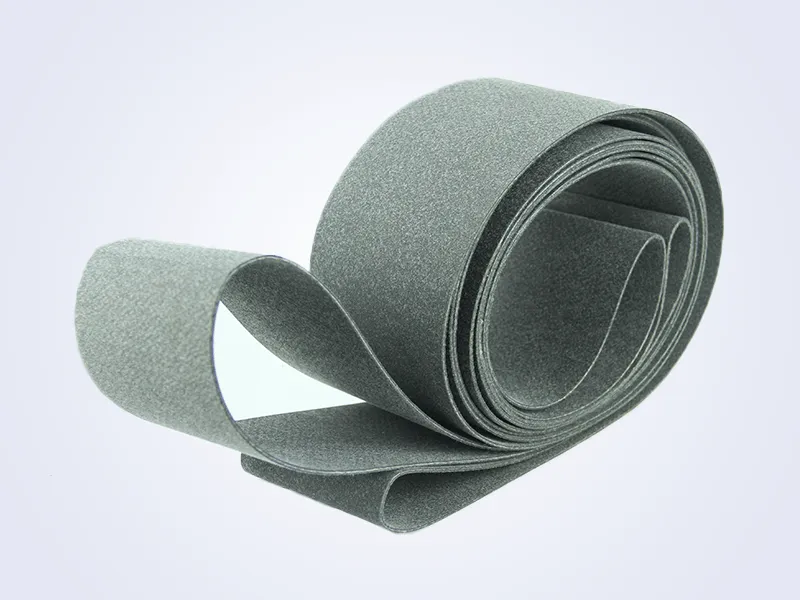Effective Solutions for Enhancing Soundproofing with Felt Materials
Felt Sound Proofing A Comprehensive Guide to Acoustical Solutions
In our modern, noise-filled world, the quest for tranquility often leads us to explore various soundproofing solutions that can enhance our living and working environments. Among the myriad of options available, felt soundproofing has emerged as a popular choice due to its unique properties and versatile applications. This article delves into the benefits, types, and installation methods of felt soundproofing, providing insights into how this material can help create quieter, more peaceful spaces.
The Importance of Soundproofing
Noise pollution can significantly affect our quality of life, leading to stress, sleep disturbances, and a decline in overall well-being. Whether it's the constant hum of traffic, the chatter from neighboring rooms, or the sounds of construction, managing these auditory disturbances is essential for creating a comfortable environment. Soundproofing not only improves our peace of mind but can also enhance productivity, particularly in workspaces where concentration is key.
What is Felt Sound Proofing?
Felt soundproofing refers to the use of felted materials, often made from wool or synthetic fibers, to absorb sound and minimize noise transmission. These materials can be applied in various settings—homes, offices, recording studios, and more. The dense structure of felt allows it to trap sound waves, preventing them from bouncing off walls and other hard surfaces, thereby reducing echoes and overall noise levels.
Advantages of Felt Sound Proofing
1. Effective Noise Reduction Felt materials are known for their excellent sound absorption capabilities. They can greatly reduce airborne sounds, making them ideal for high-traffic areas or shared spaces.
2. Eco-Friendly Options Many felt products are made from natural fibers, such as wool, which are biodegradable and sustainable. Choosing eco-friendly soundproofing materials can contribute to a greener environment.
3. Aesthetic Appeal Felt comes in various colors and textures, making it a stylish addition to any interior. It can be used to create beautiful design elements that harmonize with the overall décor of a space.
4. Thermal Insulation In addition to its soundproofing properties, felt can also provide thermal insulation. This feature helps in maintaining comfortable indoor temperatures, thereby improving energy efficiency.
5. Easy Installation Felt soundproofing solutions are typically easy to install, allowing homeowners and businesses to achieve a quieter environment without extensive renovations.
Types of Felt Sound Proofing
felt sound proofing

Felt soundproofing is available in several forms, each catering to different needs and applications
1. Acoustic Panels These are flat panels made of compressed felt, often used on walls or ceilings. They work by absorbing sound that is reflected off hard surfaces, making them perfect for studios, offices, and home theaters.
2. Felt Tiles Similarly designed to acoustic panels but available in a tile format, felt tiles offer flexibility in design. They can be arranged in various patterns and colors, adding a personalized touch to soundproofing efforts.
3. Felt Underlayment Used beneath flooring materials, felt underlayment helps to reduce sound transmission between floors, which is particularly useful in multi-story buildings.
4. Felt Curtains These offer a stylish way to absorb sound while providing privacy. Thick felt curtains can significantly dampen noise from outside and enhance serenity indoors.
Installation Tips
Installing felt soundproofing materials can be a straightforward process, especially with the right approach. Here are some tips
1. Assess the Space Identify the areas where noise is a problem and consider how sound travels in your environment. This will help you determine the best locations for installation.
2. Choose the Right Product Based on your needs, select the type of felt soundproofing solution that fits your space and aesthetic preferences.
3. Follow Manufacturer Instructions Each product may have specific installation guidelines, so it's essential to follow these to achieve optimal results.
4. Use Professional Help if Necessary If the project seems overwhelming, consider hiring a professional who specializes in soundproofing installations.
Conclusion
Felt soundproofing presents a practical and aesthetic solution to the ongoing challenge of noise pollution. Its effectiveness, eco-friendly nature, and diverse applications make it an ideal choice for anyone seeking to enhance their living or working space. By investing in felt soundproofing materials, you can create a more peaceful and inviting environment that promotes relaxation, focus, and overall well-being. Whether you choose acoustic panels, felt tiles, or curtains, each option serves as a step towards achieving a quieter existence.
-
What Makes Felt a Great Choice?NewsNov.19,2024
-
Total Mixed Ration (TMR) Feed for CattleNewsNov.19,2024
-
The Ultimate Guide for Felt Polishing WheelsNewsNov.19,2024
-
Industrial Felt for Various ApplicationsNewsNov.19,2024
-
Felt Makeup Bags and Inserts BagsNewsNov.19,2024
-
Choosing the Right Hotel TowelsNewsNov.19,2024
-
Your Go-To Guide For Affordable Wholesale Wool FeltsNewsOct.31,2024







